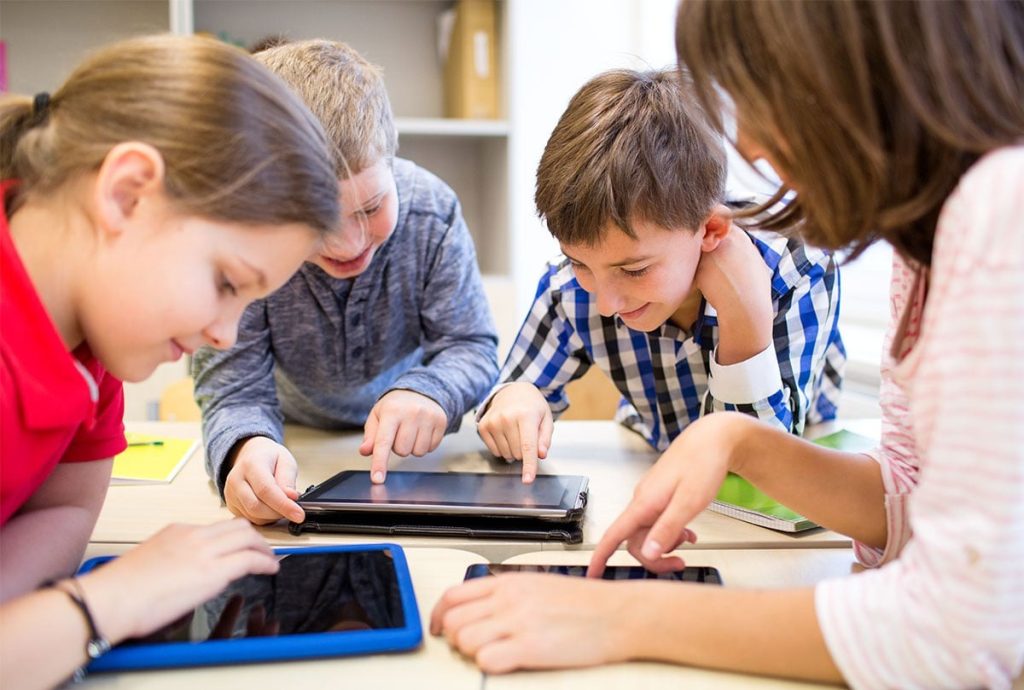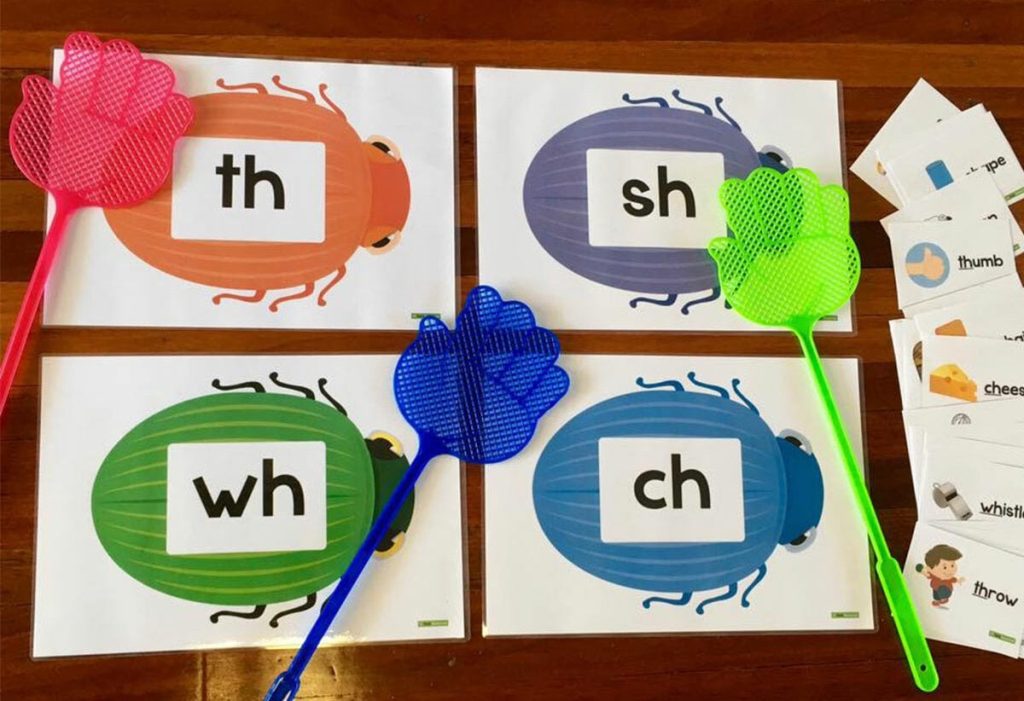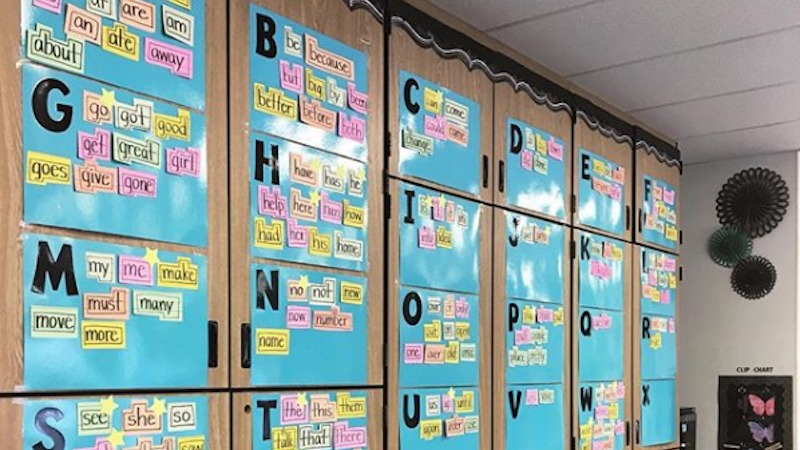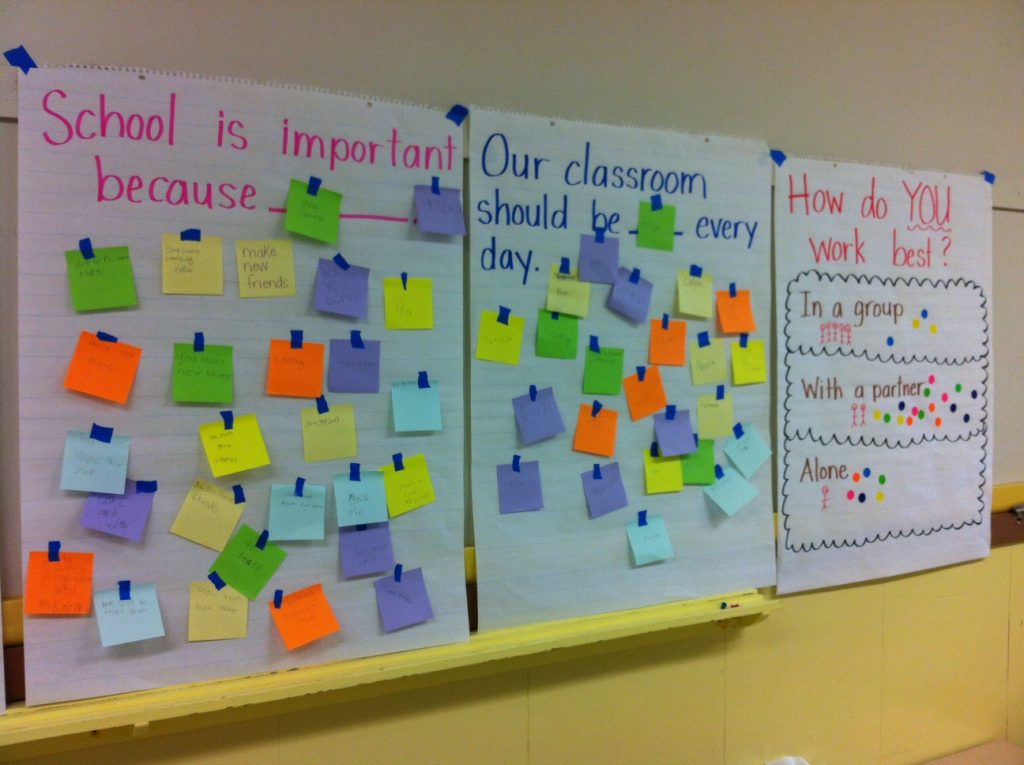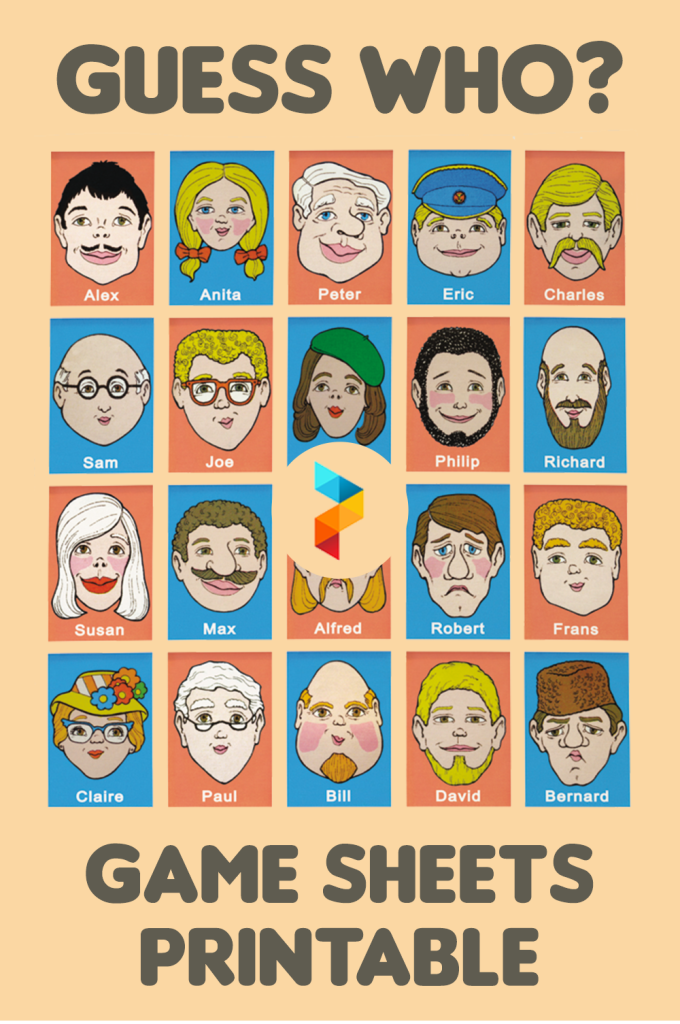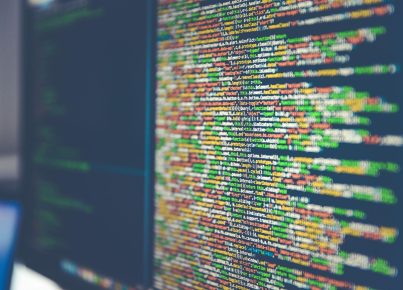Callback phrases are a critical element in the realm of communication, especially when it involves customer service, emergencies, or situations where immediate attention is required. These phrases serve as verbal cues that a response or an action is expected when certain conditions are met. Whether you are a call center operator, a medical professional, or simply someone looking to improve your interpersonal communication skills, mastering the use of effective callback phrases is essential.
The list below includes a variety of callback phrases that cater to different scenarios. These are designed to prompt someone on the other end of the conversation to return the call or message:
1. “Please return this call at your earliest convenience.”
2. “Your immediate attention to this matter would be greatly appreciated.”
3. “We have an important update regarding your case; please call us back as soon as possible.”
4. “We need to discuss your recent test results; please contact me back promptly.”
5. “This message requires your urgent attention; kindly callback without delay.”
6. “There is an ongoing issue that necessitates your quick response; please get back to me urgently.”
7. “I have information pertinent to our previous conversation; please return my call at the earliest opportunity.”
8. “Your feedback is crucial; I look forward to hearing back from you soon.”
9. “It’s imperative that we go over the details of the contract together; please callback at your earliest convenience.”
10. “We missed you during our scheduled call time; please get back to us so we can reschedule.”
These callback phrases ensure clarity and express the importance of a timely response from the recipient of the message. It’s also notable that while these phrases are polite, they convey a sense of urgency or importance without sounding overly demanding or impolite, which is key in maintaining professionalism and respect in communication.
By incorporating such phrases into phone calls, voicemails, or emails, you can significantly improve the chances of receiving a prompt callback and ensure that important issues are addressed swiftly. It is also recommended to be clear about what the conversation will entail and if possible, provide options for when the callback can occur, thereby making it easier for both parties to connect efficiently.




